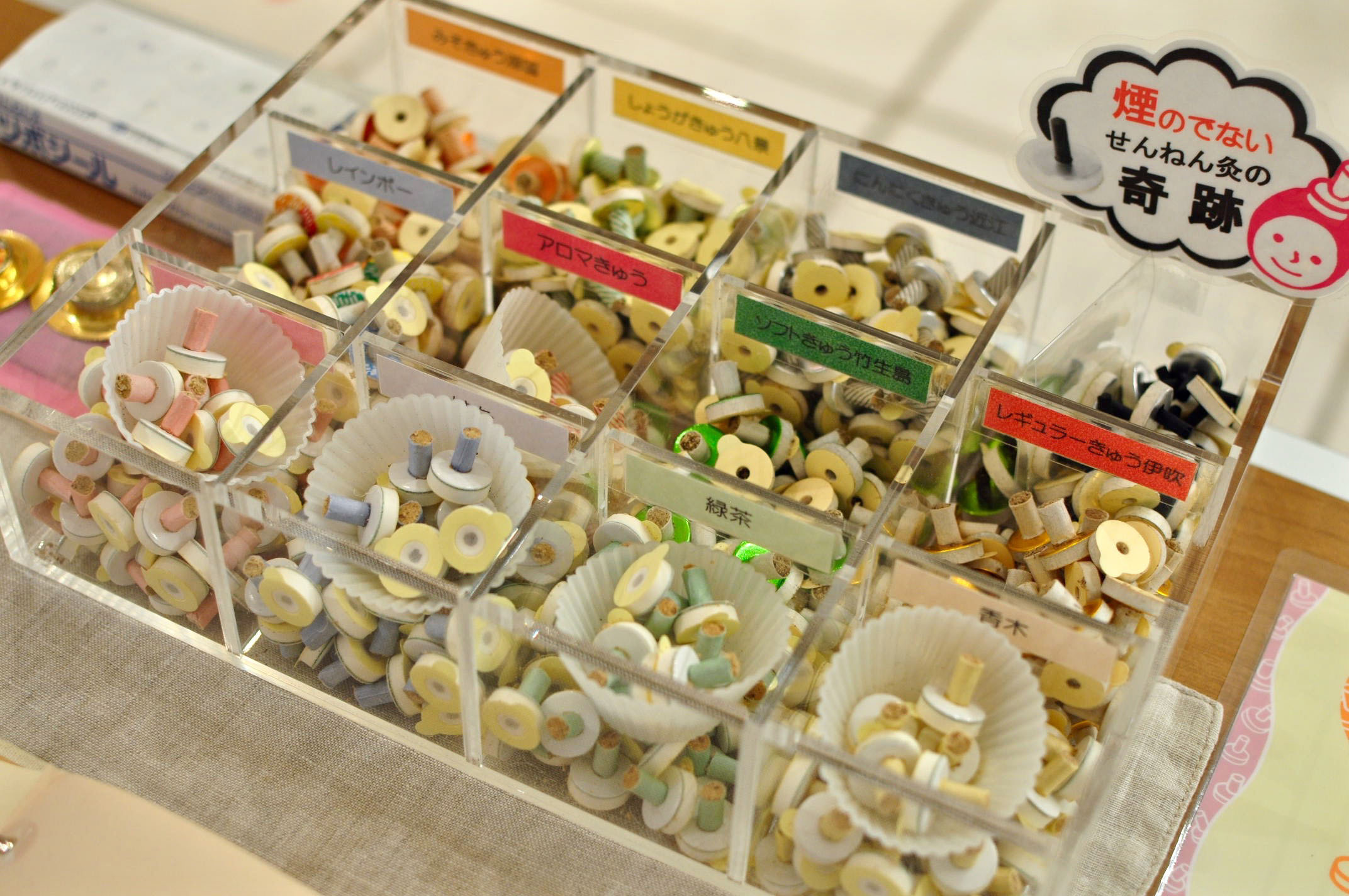As anyone versed in acupuncture knows, the most effective tools are human hands. Throughout the 1,500 years history of the practice in Japan, the therapist's hands have served as a sentient bridge connecting patient to therapist. Since the post-war era, major advances in treatment techniques have evolved. Today, what tools are available to the modern practitioner?
In 1980, the Japanese needle manufacturer Seirin Corp. developed sterilized disposable acupuncture needles, a major innovation, as well as a necessity in the face of the HIV epidemic. Seirin was also the first to introduce the guide tube kit at the time, which has since become a global standard. Guide tubes not only make inserting the fine needles used in Japanese acupuncture easier, for both sighted and visually impaired practitioners, they also reduce the patient's pain from needle insertion. Currently, disposable needles with guide tubes are the preferred choice, used in schools for training and at clinics and hospitals around the world.
Until the 1990's, the angle of conventional needles was relatively wider, which easily caused pain upon penetrating the skin. Seirin developed new grinding technology to make the tip's angle more acute, producing a more streamlined tip that eliminated pain and discomfort, even for thick needles. Recently Seirin has developed rounder-edged, acute-angle needles to further minimize pain.


















With your current subscription plan you can comment on stories. However, before writing your first comment, please create a display name in the Profile section of your subscriber account page.